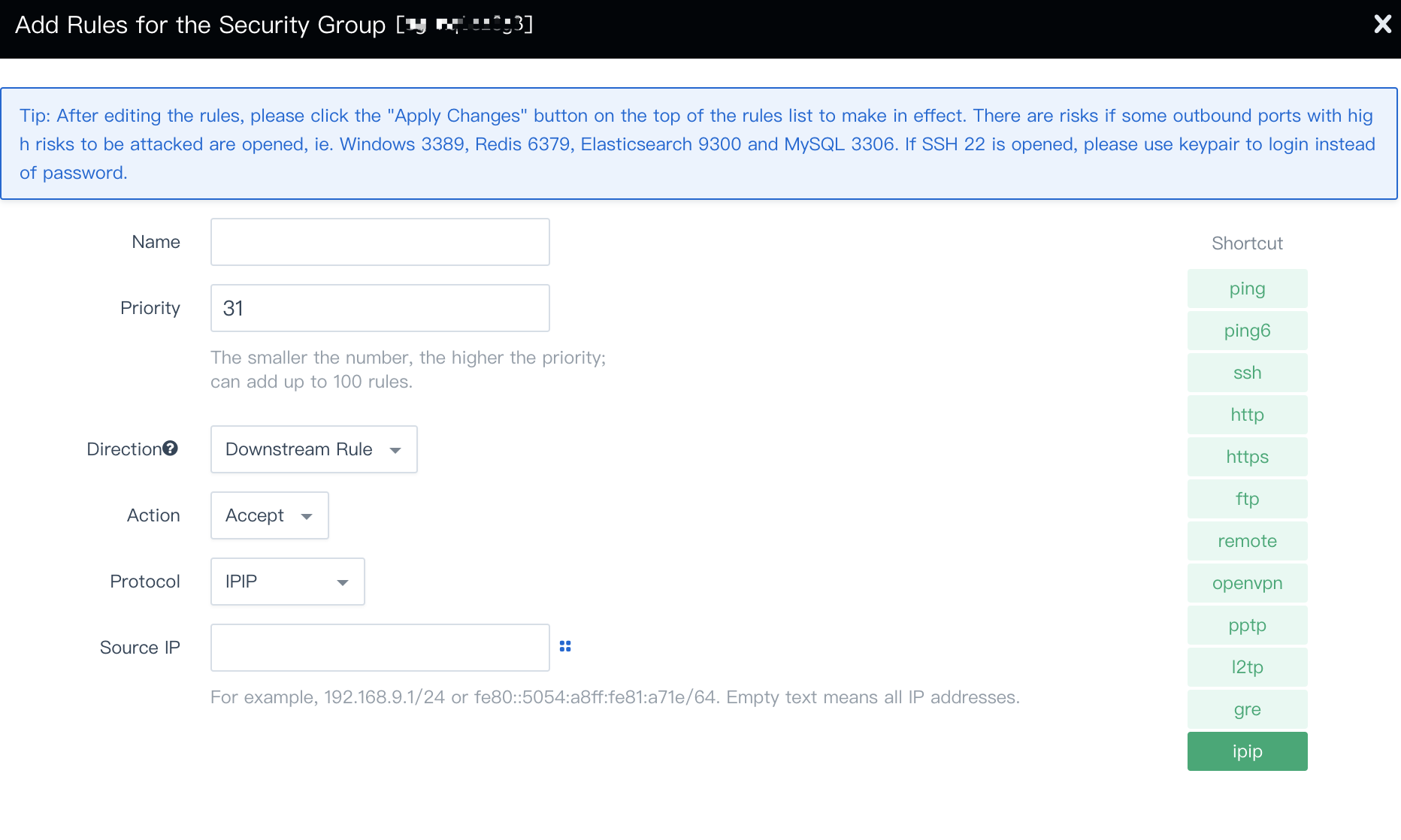v2.1
v2.0
v1.0
Release Notes
Installation
Install on Linux
Install on Kubernetes
Pluggable Components
Upgrade
Third-Party Tools
Authentication Integration
Cluster Operations
Quick Start
DevOps
User Guide
Configration Center
Logging
Developer Guide
API Documentation
Troubleshooting
FAQ
KubeSphere®️ 2020 All Rights Reserved.
Port Requirements
EditKubeSphere requires certain ports to communicate among services, so you need to make sure the following ports open for use.
| Service | Protocol | Action | Start Port | End Port | Notes |
|---|---|---|---|---|---|
| ssh | TCP | allow | 22 | ||
| etcd | TCP | allow | 2379 | 2380 | |
| apiserver | TCP | allow | 6443 | ||
| calico | TCP | allow | 9099 | 9100 | |
| bgp | TCP | allow | 179 | ||
| nodeport | TCP | allow | 30000 | 32767 | |
| master | TCP | allow | 10250 | 10258 | |
| dns | TCP | allow | 53 | ||
| dns | UDP | allow | 53 | ||
| local-registry | TCP | allow | 5000 | Required for air gapped environment | |
| local-apt | TCP | allow | 5080 | Required for air gapped environment | |
| rpcbind | TCP | allow | 111 | When using NFS as storage server | |
| ipip | IPIP | allow | Calico network requires ipip protocol |
Note
Please note when you use Calico network plugin and run your cluster in classic network in cloud environment, you need to open IPIP protocol for souce IP. For instance, the following is the sample on QingCloud showing how to open IPIP protocol.
